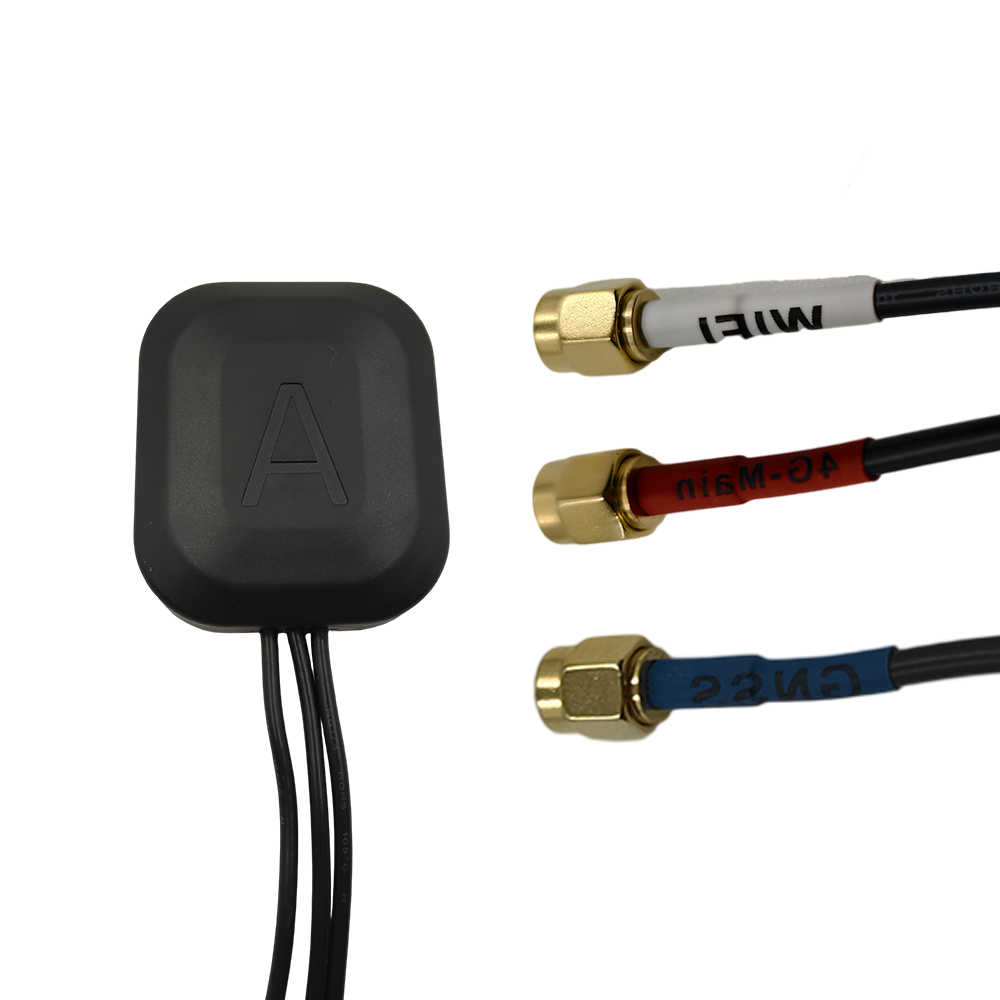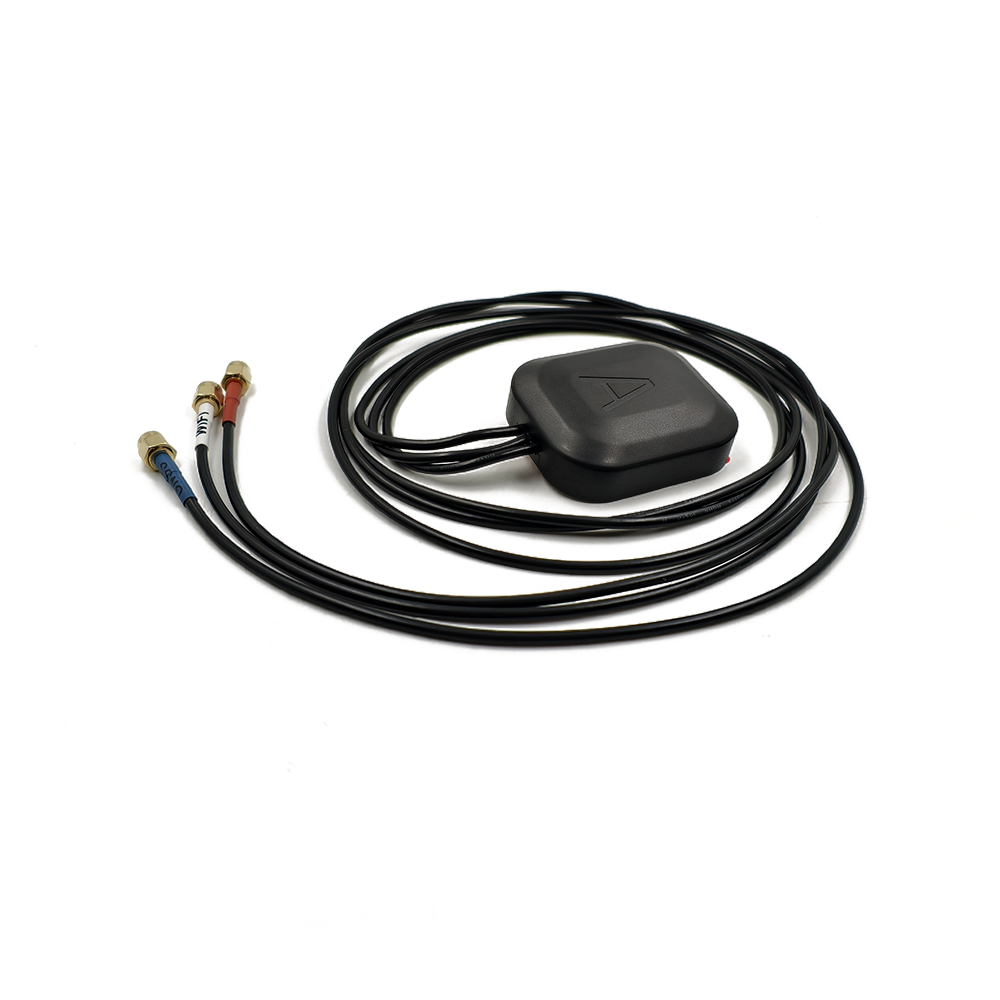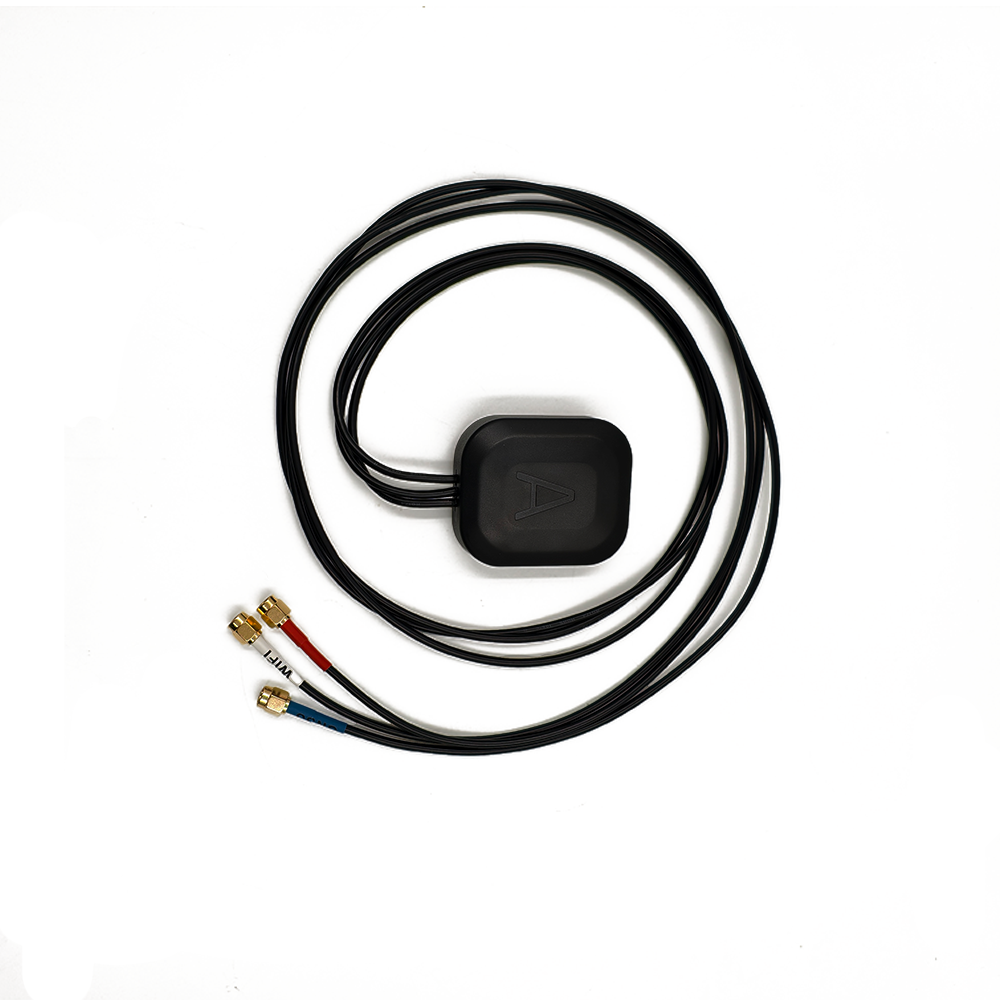The capabilities of multi-frequency GNSS antennas have unlocked a new tier of applications that demand high accuracy, robustness, and reliability. They are the enabling hardware that allows software and algorithms to deliver on the promise of centimeter-level positioning in real-world conditions.
Key Applications:
Precision Agriculture: This is a massive and growing market. Multi-frequency RTK systems guide tractors and implements with 2-3 cm accuracy, enabling auto-steering, variable rate application (VRA) of seeds, fertilizer, and pesticides, and yield mapping. The robustness of multi-frequency allows operation to continue reliably even as the vehicle tilts or passes under light tree cover.
Surveying, Mapping, and Geomatics: The standard tool for modern land surveyors. Multi-frequency receivers and antennas provide faster initialization times, the ability to work under tree canopies, and longer baseline lengths between base and rover. They are essential for GIS data collection, cadastral surveying, and construction layout.
Unmanned Aerial Vehicles (UAVs / Drones): Multi-frequency PPK (Post-Processed Kinematic) and RTK are revolutionizing drone-based mapping and surveying. The antenna provides the precise position of the drone, enabling the creation of highly accurate orthomosaics and 3D models without the need for numerous ground control points (GCPs), drastically reducing fieldwork time.
Autonomous Vehicles and Advanced Driver-Assistance Systems (ADAS): While still evolving, multi-frequency GNSS is a critical sensor for providing an absolute position reference for autonomous shuttles, trucks, and robo-taxis. It is fused with LiDAR, radar, and cameras to create a failsafe navigation system. Its ability to mitigate ionospheric error is crucial for safety certification.
Machine Control and Construction: Bulldozers, graders, and excavators equipped with multi-frequency GNSS systems can automatically guide their blades and buckets to the exact design grade, improving efficiency, reducing material waste, and eliminating rework. The robust signal tracking is vital in the dynamic environment of a construction site.
Scientific and Monitoring Applications: Used for monitoring tectonic plate movement, volcanic deformation, landslides, and the structural health of large dams and bridges. The integrity and long-baseline capability of multi-frequency systems are essential for these applications, where millimeter-level accuracy over time is required.
Aviation and Maritime: For precision approach and landing in aviation (using GBAS and SBAS) and for precision docking and waterway navigation in the maritime sector, multi-frequency antennas providing L1/L5 signals are becoming the standard for improved integrity and reliability.
Future Trends:
Miniaturization and Integration: The relentless drive is towards smaller, lighter, and lower-profile antennas that retain high performance. This is critical for integration into consumer devices, wearables, and small drones. New materials and design techniques, like metamaterials and improved ceramics, are key to this trend.
Tighter Sensor Integration: The future is not just a GNSS antenna, but an Integrated Navigation Unit. We will see more antennas that directly incorporate an Inertial Measurement Unit (IMU) within the same housing. This deep integration allows for tighter coupling of GNSS and inertial data at the hardware level, providing seamless navigation through GNSS outages.
AI-Enhanced Antennas: Research is exploring the use of AI and machine learning to optimize antenna performance in real-time. An "smart antenna" could actively adapt its pattern nulls to suppress jammers or dynamically adjust its characteristics based on the environment.
Ubiquity in Consumer Devices: As costs continue to fall, multi-frequency GNSS will trickle down from high-end smartphones into mid-range models and other consumer IoT devices. This will enable new location-based services, augmented reality experiences, and personal safety features that require more precise positioning than is available today.
Focus on Cybersecurity: As GNSS becomes more critical to infrastructure, antennas and receivers will incorporate features to detect and mitigate spoofing attacks. This could involve dedicated outputs for monitoring signal quality or even integrated inertial sensors to provide a consistency check on the position solution.
Support for LEO-PNT: The emergence of Low Earth Orbit Position, Navigation, and Timing (LEO-PNT) constellations will require antennas capable of receiving signals from these new satellites, which operate in different frequency bands. The next generation of multi-frequency antennas may need to be "super-wideband" to cover traditional GNSS and new LEO signals.
The multi-frequency GNSS antenna has evolved from a specialized geodetic tool into a critical enabling technology for autonomy and digital transformation across industries. Its future is one of deeper integration, wider adoption, and ever-increasing intelligence, solidifying its role as the fundamental sensor for understanding our place in the world.
Conclusion
The multi-frequency GNSS antenna represents a fundamental leap in the evolution of satellite-based positioning technology. It is far more than a simple passive collector of signals; it is a sophisticated, active-electronic component that serves as the critical front-end for a new generation of high-precision GNSS capabilities. By enabling access to signals across multiple frequency bands from all available constellations, it provides the raw data necessary to overcome the most significant historical barrier to accuracy: the ionosphere.
The advantages it unlocks are transformative. From enabling rapid and robust centimeter-level RTK positioning to providing the integrity and redundancy required for autonomous systems, the multi-frequency antenna has shifted GNSS from a useful navigation aid to a high-reliability sensor for mission-critical applications. Its role in surveying, agriculture, construction, and drone mapping is already well-established, and its importance in the future of transportation and IoT is rapidly growing.
However, this performance comes with inherent challenges. The design complexity, cost, and physical size of these antennas are non-trivial, representing a balance between electromagnetic performance and practical constraints. The necessity for rigorous phase calibration underscores the fact that the antenna itself can be a source of error if not properly characterized and handled.
Looking forward, the trend is clear: the technology will continue to evolve towards greater miniaturization, lower cost, and deeper integration with other sensors like IMUs. This will drive its adoption into an ever-broader array of devices and applications, making high-precision positioning a ubiquitous utility. The multi-frequency antenna will remain the indispensable gateway to this future, a testament to the principle that in the chain of signal processing, the quality of the final output is irrevocably dependent on the quality of the initial input. It is the foundation upon which the edifice of modern, precise GNSS is built.




































































 Language
Language
 En
En Cn
Cn Korean
Korean

 Home >
Home > 








 18665803017 (Macro)
18665803017 (Macro)













